The environmental benefits of choosing pur foam
Polyurethane (PUR) foam is a versatile insulation material widely recognized for its excellent thermal resistance, strength, and lightweight properties. It is commonly used in a variety of applications, from residential and commercial buildings to industrial facilities, providing an effective barrier against heat transfer and contributing to overall energy efficiency.
Insulation plays a pivotal role in reducing energy consumption and greenhouse gas emissions. By maintaining consistent indoor temperatures, insulation helps to decrease the demand on heating and cooling systems, leading to significant environmental benefits.
The Eco-Friendly Attributes of PUR Foam
PUR foam's high R-value, which measures thermal resistance, means that it can significantly lower energy usage in buildings. This reduction in energy demand directly translates to a decrease in carbon emissions, making PUR foam an environmentally responsible choice for insulation.
The durability of PUR foam ensures that it maintains its insulating properties over time, reducing the need for replacement and the associated environmental impact of manufacturing new materials.
PUR foam can be applied with precision, minimizing offcuts and waste during installation. Additionally, its ability to be sprayed onto surfaces or injected into cavities allows for the conservation of resources by using the exact amount of material needed.
How PUR Foam Contributes to Sustainable Building Practices
PUR foam insulation can help buildings meet various green building certifications, such as LEED or BREEAM, by improving energy efficiency and using materials that have a lower environmental impact.
By creating an airtight seal, PUR foam can improve indoor air quality by reducing the infiltration of outdoor pollutants and allergens, contributing to a healthier living environment.
The flexibility of PUR foam makes it an ideal solution for insulating irregular shapes and complex designs, ensuring that even the most challenging structures can benefit from high-quality insulation without compromising on environmental integrity.
The Lifecycle Impact of PUR Foam
The production of PUR foam involves technologies that aim to reduce the environmental footprint, including the use of blowing agents with low global warming potential and the incorporation of bio-based polyols.
While PUR foam is not biodegradable, efforts are being made to recycle and repurpose it at the end of its life cycle, thereby reducing its impact on landfills and promoting a circular economy.
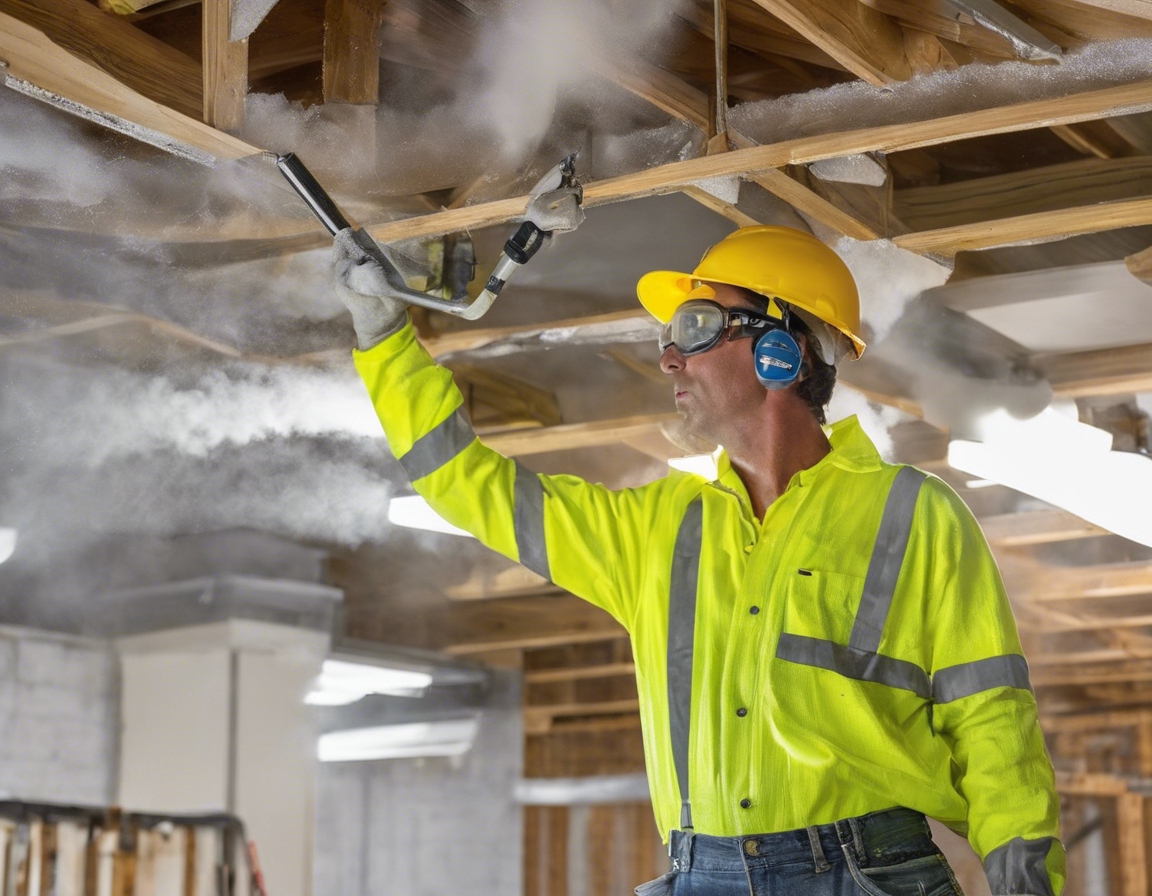
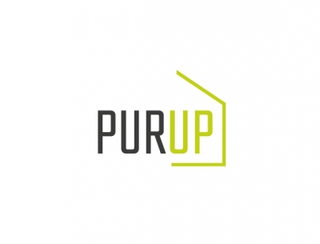
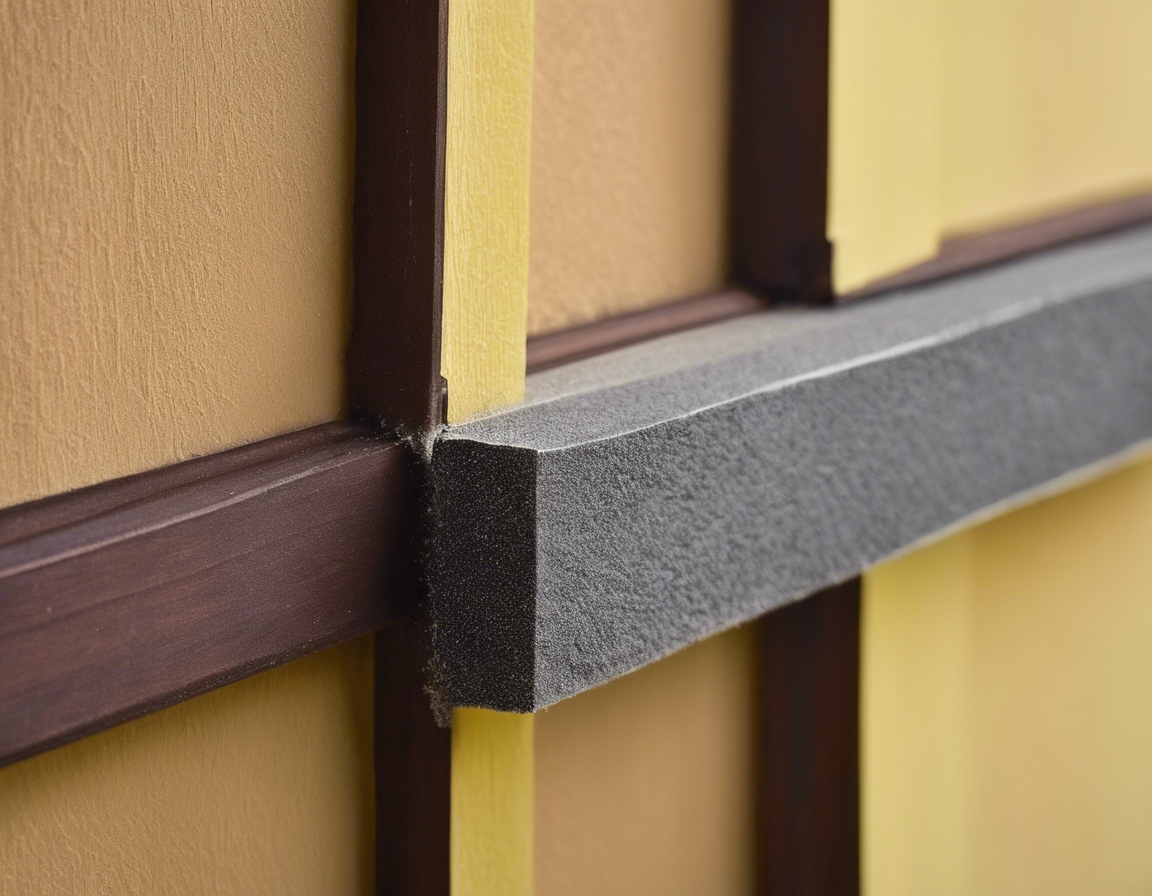

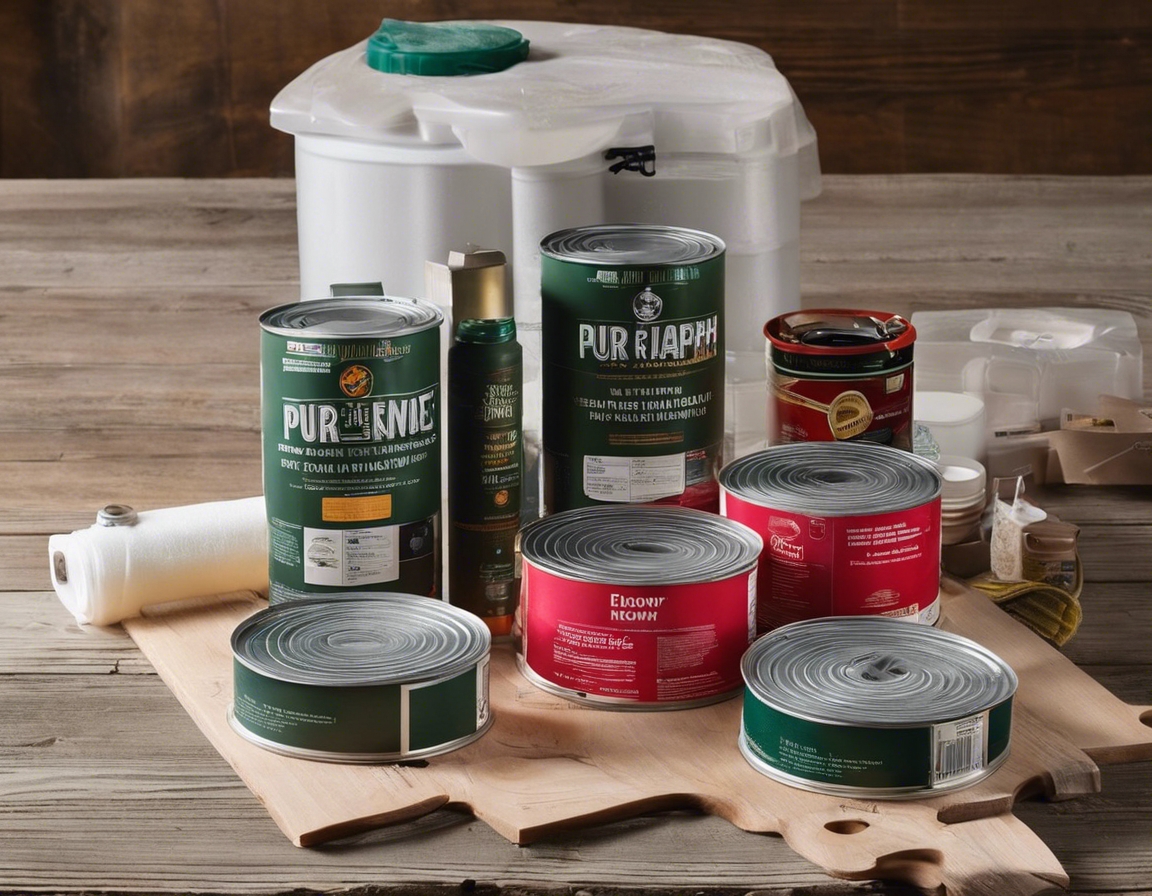
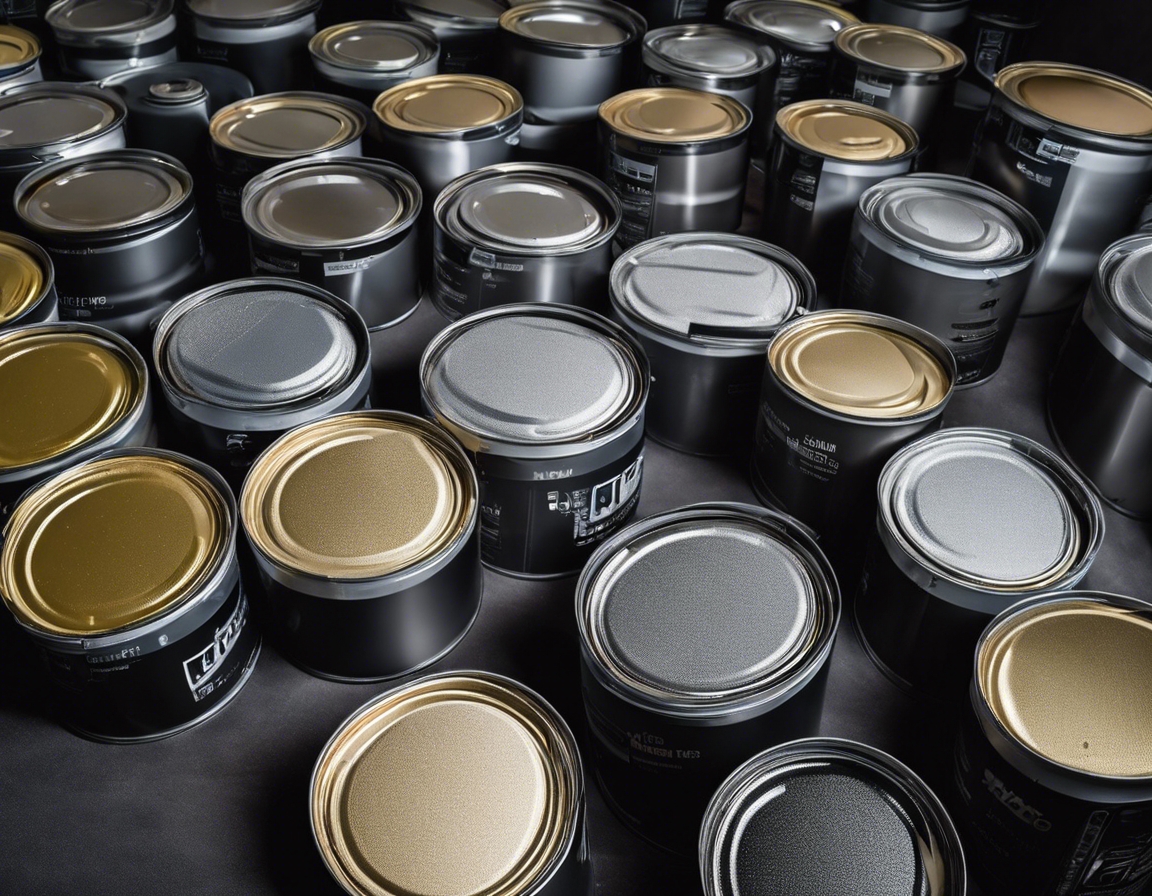
Comments (0)